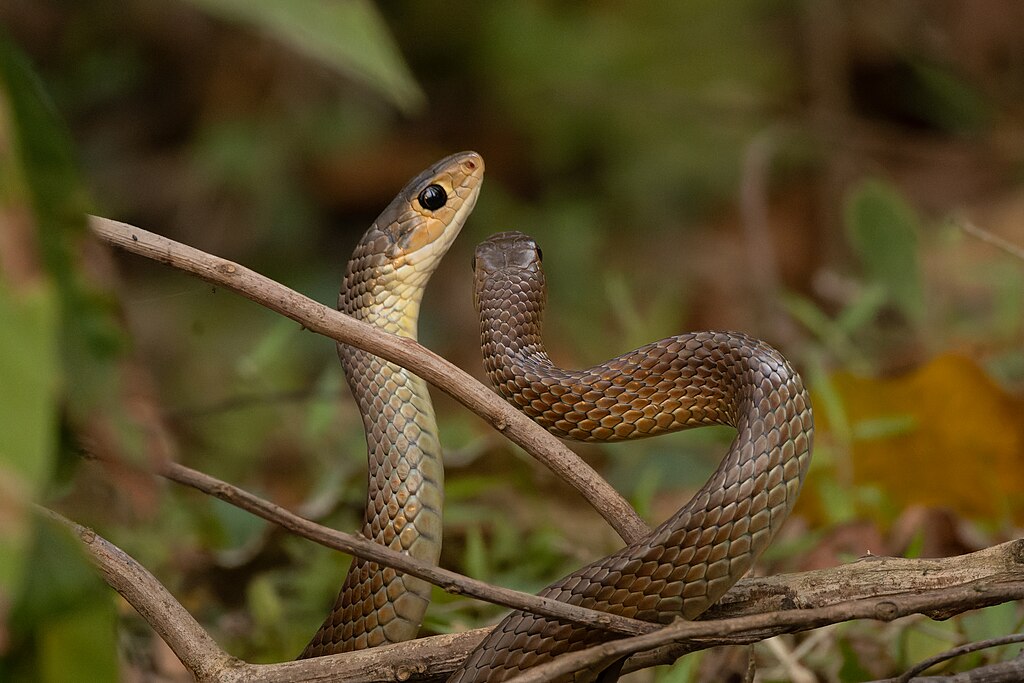The sight of a pet snake coiled around its water bowl is both fascinating and perplexing to many reptile owners. This curious behavior, which may appear random to the untrained eye, actually serves several important biological and instinctual purposes. Snakes have evolved specific behaviors related to water that enhance their survival and comfort in both wild and captive environments. Understanding why your scaly companion wraps itself around its water dish can provide valuable insights into reptile behavior and help ensure you’re meeting your pet’s needs. From temperature regulation to security-seeking behavior, the reasons behind this common snake posture are as complex as they are interesting.
Thermoregulation: Cooling Off the Reptilian Way
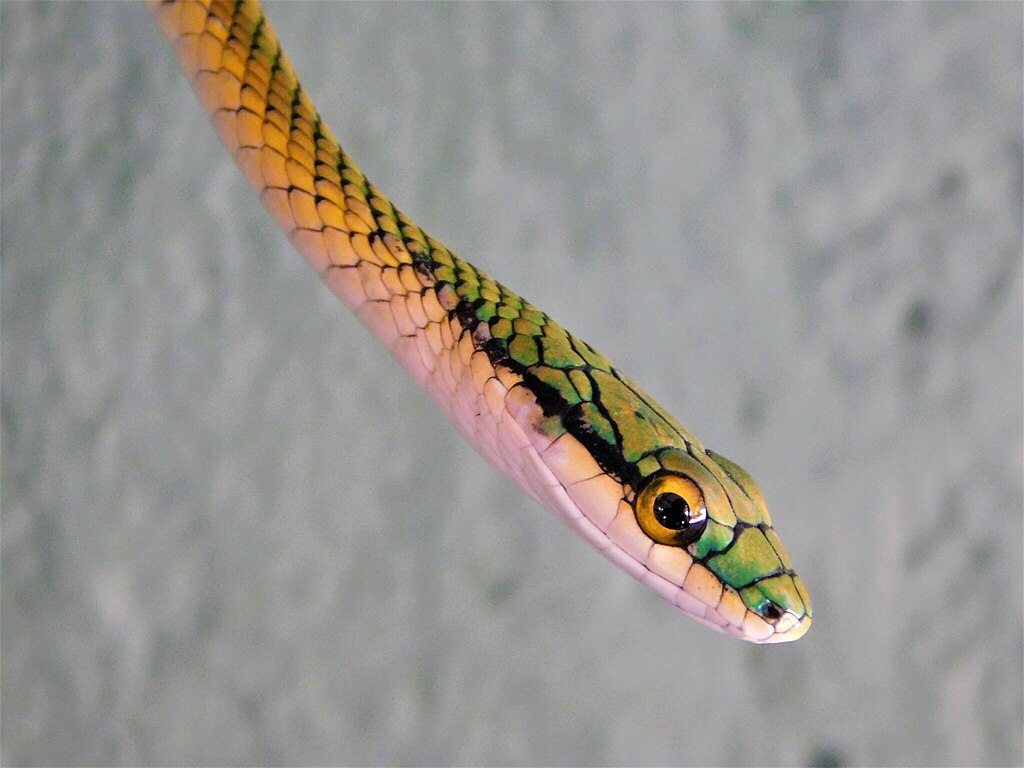
Snakes are ectothermic creatures, meaning they rely on external heat sources to regulate their body temperature rather than generating their own heat internally like mammals. When a snake feels too warm, curling around a water bowl creates an effective cooling strategy as water evaporates and lowers the temperature of the surrounding area. This behavior is particularly common during hot weather or if the terrarium temperature rises above the snake’s comfort zone. The snake might not even need to enter the water; simply positioning its body around the moisture source can provide relief through evaporative cooling. This natural air conditioning system demonstrates the remarkable adaptability of these reptiles to manage their body temperature with limited resources.
Pre-Shedding Preparation: Moisturizing for a Smooth Shed
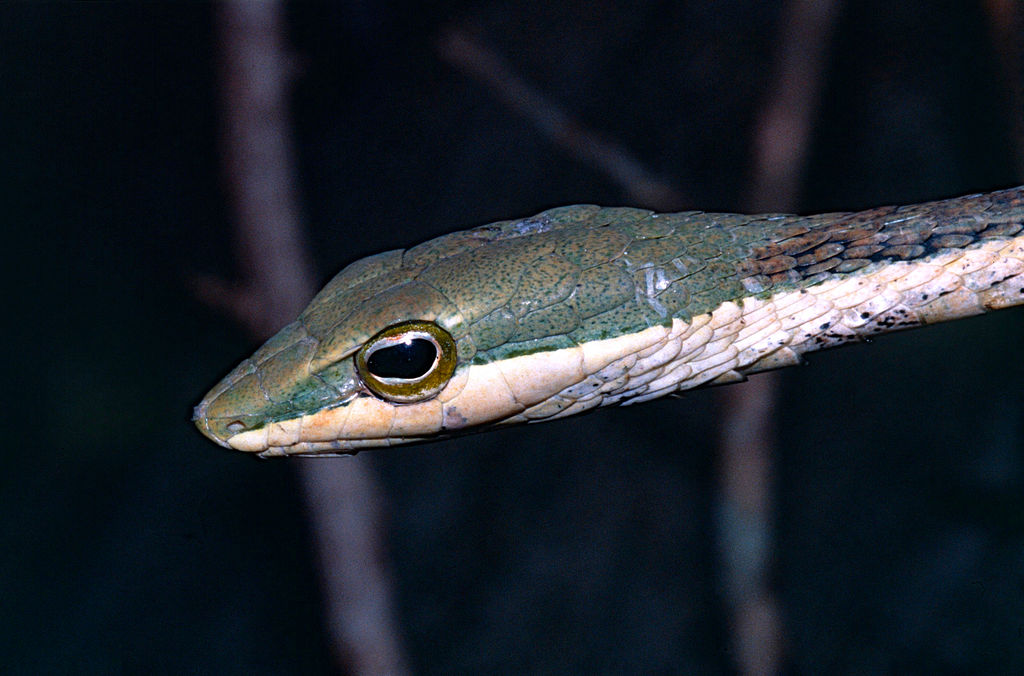
One of the most common reasons snakes curl around water bowls is in preparation for shedding their skin. During the pre-shedding phase, known as the “blue phase” due to the cloudy blue appearance of their eyes, snakes need additional moisture to help loosen the old skin layer. By coiling around a water source, they increase the humidity in their immediate vicinity, which softens the connection between old and new skin layers. This behavior often intensifies in the days leading up to a shed, serving as a natural humidifying technique that facilitates a clean, complete shed. Snake owners who notice this behavior might want to check for other signs of impending shedding, such as dull coloration or cloudy eyes, to confirm their suspicion.
Hunting Behavior: Recreating Natural Ambush Sites
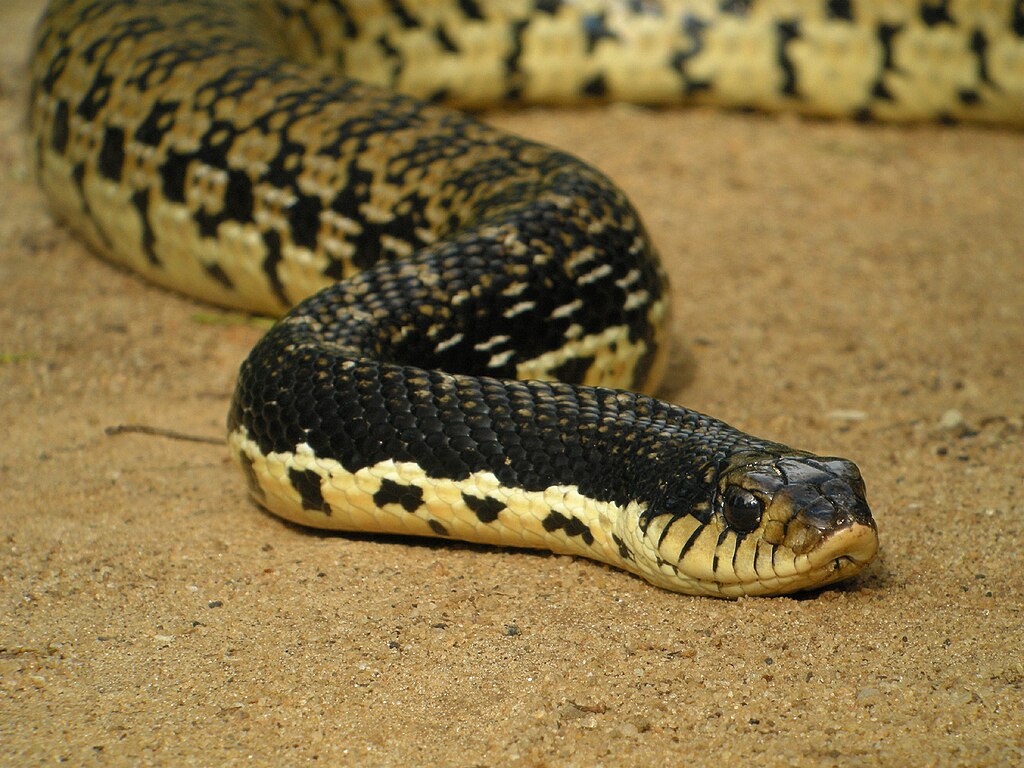
In the wild, many snake species are ambush predators that stake out water sources to capture prey animals that come to drink. This instinctual hunting strategy may persist in captivity, with snakes positioning themselves around water bowls as if waiting for potential prey to approach. The behavior mimics how they would naturally coil near lakes, streams, or puddles in their native habitats, creating the perfect striking position for unsuspecting victims. Although captive snakes receive regular feedings and don’t need to hunt, these deeply ingrained behaviors remain part of their genetic programming. Even well-fed pet snakes may occasionally display this ancestral hunting posture around their water dishes.
Security and Comfort: Creating a Safe Space

Water bowls often provide a sense of security for snakes, especially in enclosures that might lack sufficient hiding spots. The curved edge of a water bowl offers a physical barrier against which a snake can press its body, creating a sensation of protection similar to what they might feel when pressing against rocks or logs in the wild. This behavior, sometimes called “thigmotaxis,” describes an animal’s preference for touching solid surfaces rather than being exposed on all sides. For some snakes, particularly those that might feel vulnerable in their environment, the water bowl represents a structural element that offers psychological comfort. First-time snake owners might misinterpret this behavior as problematic when it’s actually a normal comfort-seeking action.
Hydration Access: Strategic Positioning
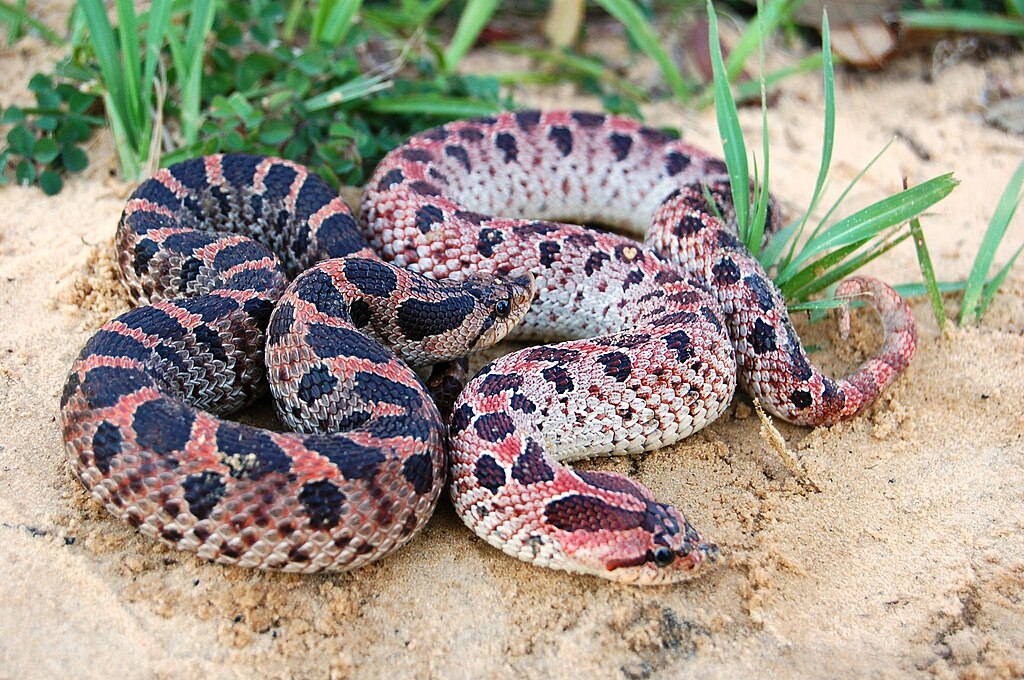
By coiling around their water bowl, snakes maintain easy access to hydration while still keeping the majority of their body in a secure position. This strategic positioning allows them to drink when needed without fully committing to a vulnerable position that might leave them exposed to potential threats. The behavior represents an efficient compromise between the need for hydration and the instinctual desire for security. Some snake species naturally inhabit environments where water is scarce, making this water-guarding behavior an evolutionary advantage that persists even in captivity. Even with regular access to clean water, the instinct to position themselves near this vital resource remains strong in many snake species.
Humidity Regulation: Creating Microclimates
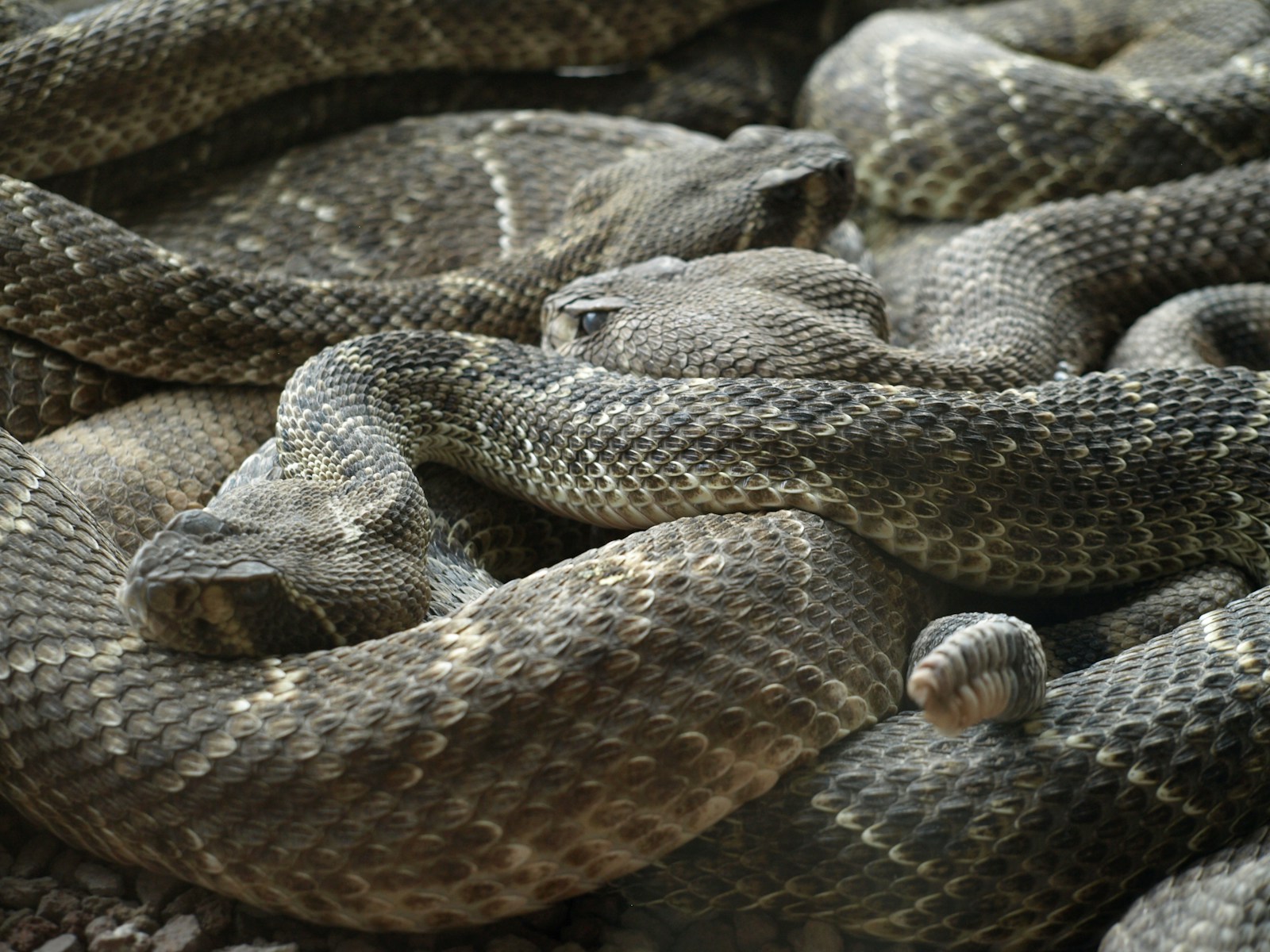
Snakes from tropical or humid environments often require higher humidity levels than what might be present in the average home or terrarium. By curling around water bowls, these species can create small microclimates of higher humidity directly around their bodies. This behavior is particularly common among species like ball pythons, rainbow boas, and other moisture-loving snakes that naturally inhabit rainforests or other humid ecosystems. The localized humidity boost helps maintain proper respiratory function and skin health between full enclosure mistings. Responsible snake owners should note this behavior as a potential indicator that the overall enclosure humidity might need adjustment to better match the species’ natural habitat requirements.
Digestive Aid: Hydration During Digestion

After consuming a meal, snakes require additional water to aid in the digestive process. Positioning themselves near water bowls during digestion ensures easy access to hydration as they break down their food. The digestive process in snakes is remarkably energy-intensive, often raising their metabolic rate significantly above baseline levels. This increased metabolism creates a greater need for water, and staying near the water source is an efficient strategy during this vulnerable period. Some snake owners report increased water bowl activity in the days following feeding, as the animals work through the physically demanding process of digestion. This behavior highlights the important relationship between hydration and proper digestive function in these remarkable reptiles.
Breeding Behavior: Hormonal Influences

During breeding season, hormonal changes can alter a snake’s typical behaviors, including their relationship with water sources. Male snakes may guard water bowls when they sense female pheromones, positioning themselves strategically to intercept potential mates that come to drink. Female snakes preparing to produce eggs require additional hydration and may spend more time near water sources to support their changing physiological needs. This reproductive-related behavior demonstrates how deeply intertwined water access is with multiple aspects of snake biology. Breeders often observe increased water bowl activity during breeding seasons, which can serve as one of several indicators of reproductive readiness in their animals.
Territorial Display: Resource Guarding
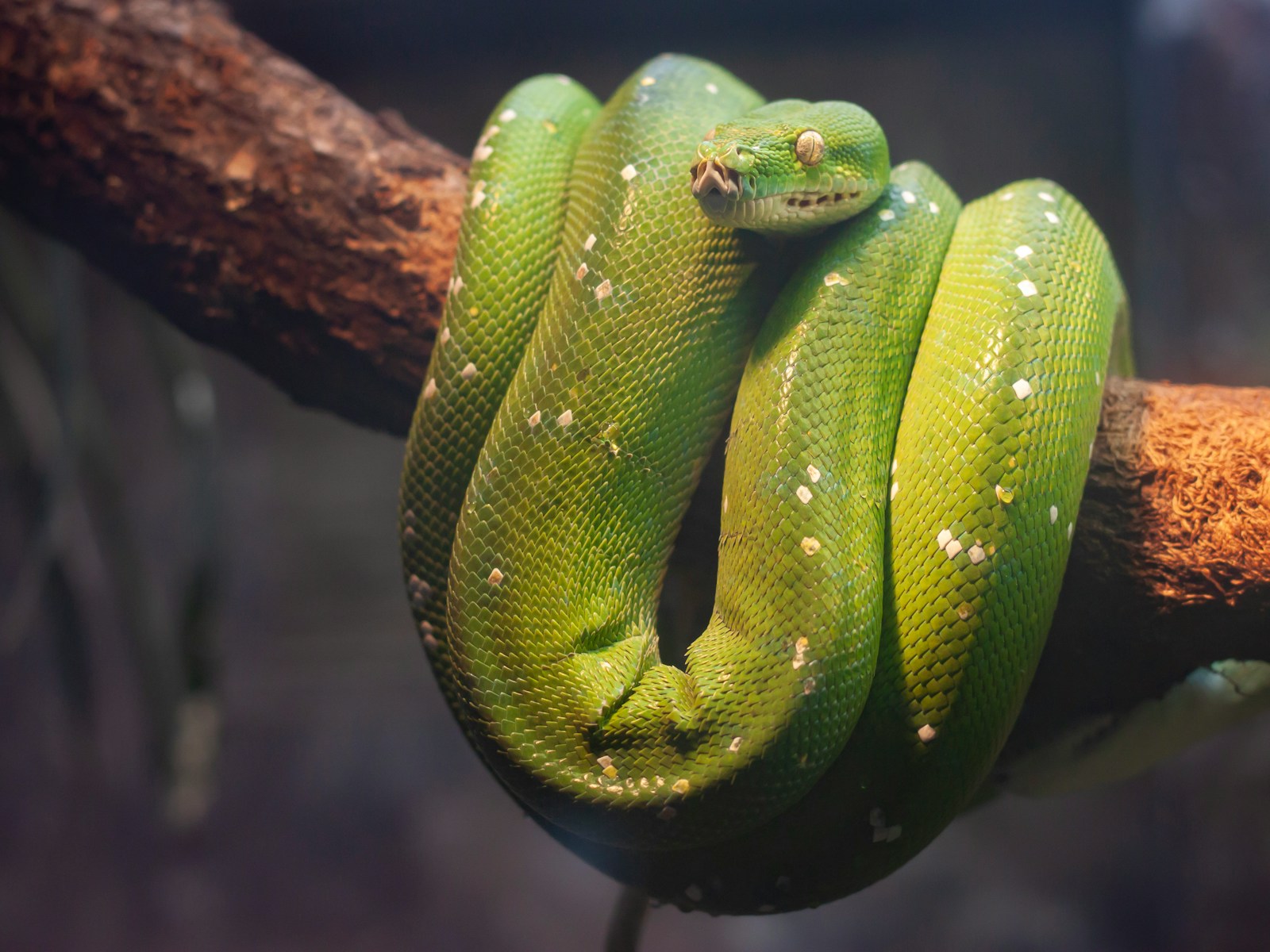
In multi-snake enclosures, curling around water bowls can sometimes represent a form of resource guarding. Dominant snakes may attempt to control access to vital resources like water, displaying a primitive form of territorial behavior. This is particularly noticeable in species with more complex social hierarchies or competitive instincts, though most common pet snake species are primarily solitary animals. Owners housing multiple snakes together should ensure adequate access to water for all animals to prevent stress or resource competition. Multiple water sources placed strategically throughout larger enclosures can help mitigate potential conflicts over this essential resource.
Environmental Response: Reacting to Enclosure Conditions
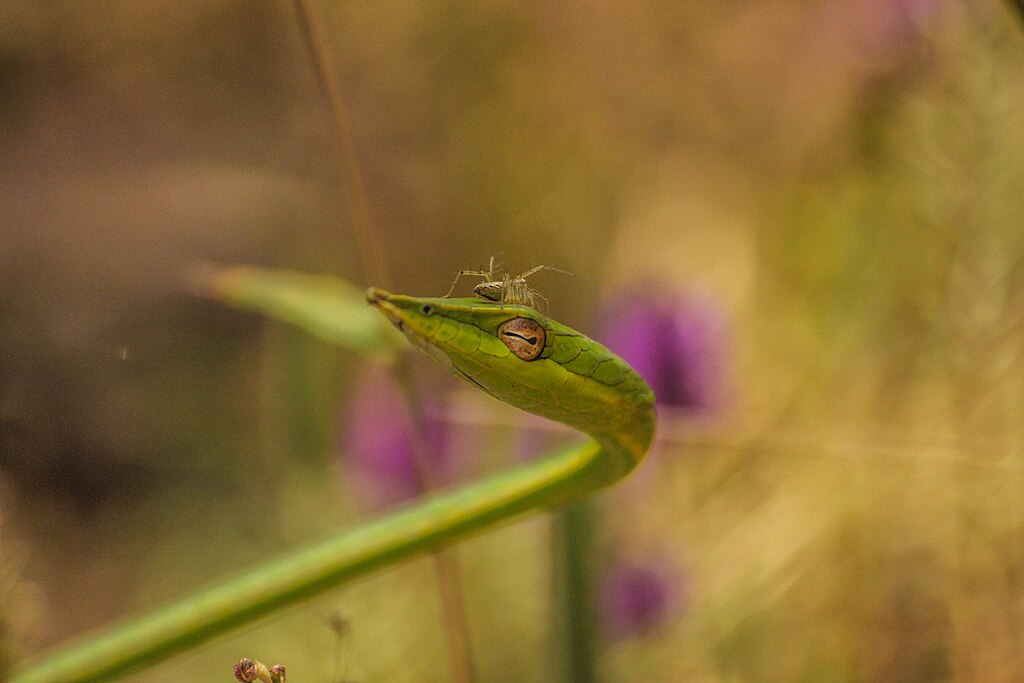
Sometimes, a snake’s tendency to curl around its water bowl reflects suboptimal conditions elsewhere in the enclosure. If the substrate is too dry, too rough, or uncomfortable in some way, the snake may preferentially position itself near the water bowl where conditions are more suitable. Similarly, if temperature gradients within the enclosure aren’t properly maintained, the water bowl area may represent the only zone within the snake’s preferred temperature range. Attentive owners should evaluate whether frequent water bowl curling might indicate a need to reassess enclosure conditions. This behavior can serve as a valuable communication tool between snake and caretaker, potentially highlighting areas for husbandry improvement.
Handling Stress Response: Seeking Familiarity
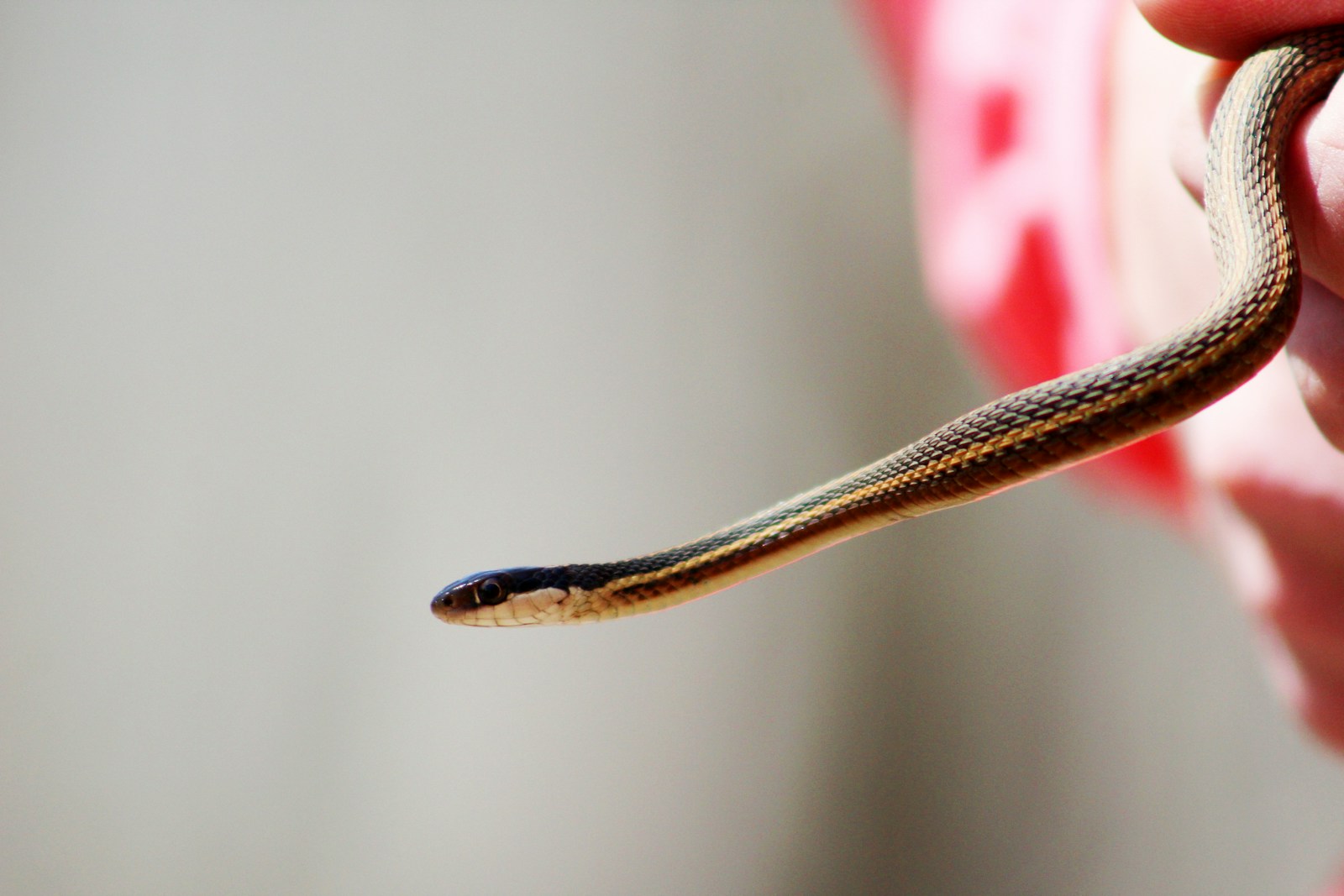
After handling sessions, some snakes return to their water bowls as a familiar reference point in their environment. This behavior helps them reorient themselves and feel secure following what can be a stressful interaction for more sensitive individuals. The water bowl, being a consistent feature in their enclosure, serves as an anchor point that helps the snake reestablish its sense of territory and security. New snake owners might notice this behavior more frequently until their pet becomes more accustomed to regular handling. Allowing a snake undisturbed time near its water source after handling can be an important part of responsible reptile care, especially for more nervous or defensive species.
Bowl Material and Design Influence: Physical Attraction

The physical properties of water bowls themselves can influence a snake’s tendency to curl around them. Ceramic or stone bowls retain heat differently than plastic ones, potentially creating temperature differences that attract heat-seeking reptiles. The height, width, and rim design of water containers also affect how comfortable they are for snakes to wrap around, with lower, wider bowls often being preferred perching spots. Some snake owners report that certain bowl materials or colors seem to attract their pets more than others, though this may vary considerably between individual animals. Strategic water bowl selection and placement can sometimes encourage proper hydration behaviors while discouraging unwanted activities like tipping or soiling.
When to Be Concerned: Abnormal Water Bowl Behavior

While curling around water bowls is typically normal behavior, certain patterns may indicate health concerns that require attention. A snake that spends excessive time soaking its entire body in water (rather than merely curling around the bowl) might be attempting to treat parasites, skin infections, or address serious dehydration. Unusual posturing, struggling to access water, or avoiding previously favored water areas could signal neurological issues or other medical conditions requiring veterinary care. Snake owners should become familiar with their individual pet’s normal relationship with its water source to better identify concerning changes. Establishing this behavioral baseline makes it easier to distinguish between normal water bowl interaction and potentially problematic behavioral changes that warrant professional assessment.
Conclusion

The seemingly simple behavior of a snake curling around its water bowl reveals the complex interplay between instinct, biology, and environmental adaptation. From thermoregulation and shedding preparation to security-seeking and territorial displays, this common behavior serves multiple purposes simultaneously. By understanding the various reasons behind this natural posture, snake owners can better interpret their pet’s needs and ensure their enclosure setup meets both physical and psychological requirements. Rather than discouraging this behavior, providing appropriate water sources and observing how your snake interacts with them can offer valuable insights into your reptile’s health, comfort level, and natural behavioral patterns. Like many aspects of reptile keeping, what initially appears mysterious often reveals itself as a fascinating window into the evolutionary adaptations that have helped snakes thrive for millions of years.

